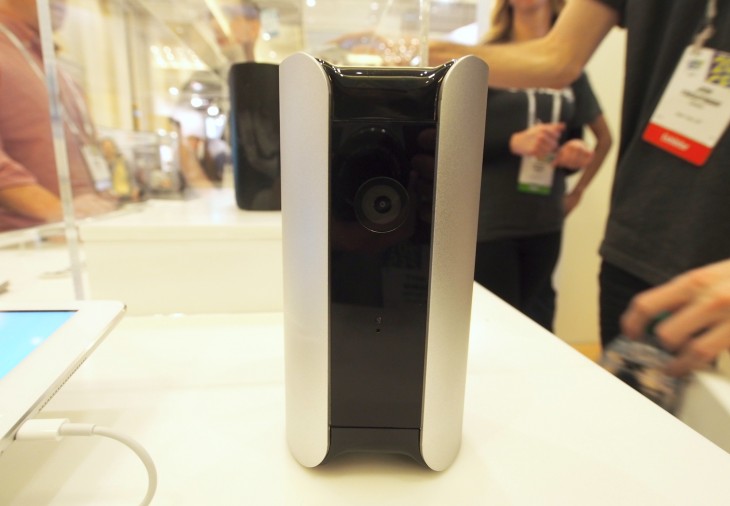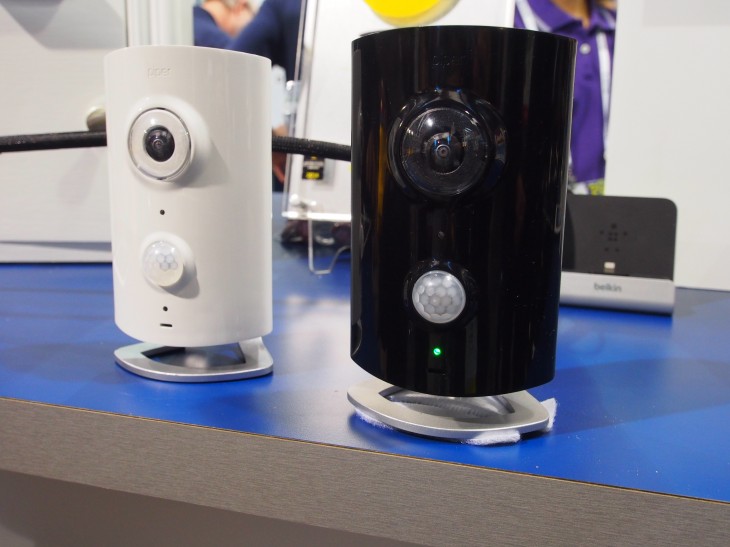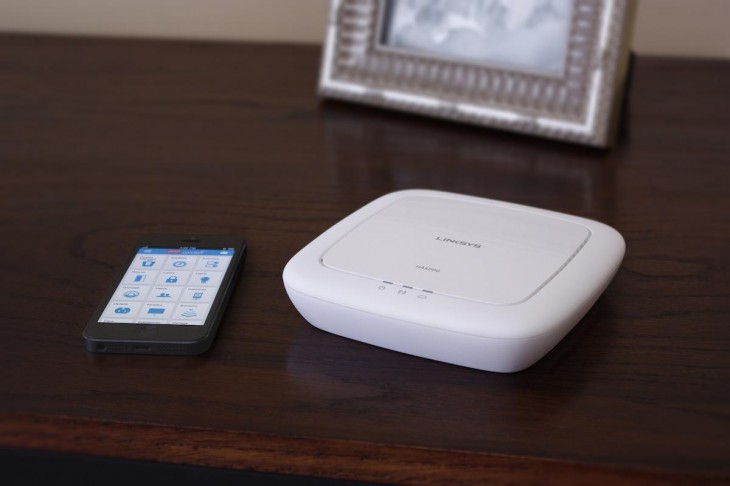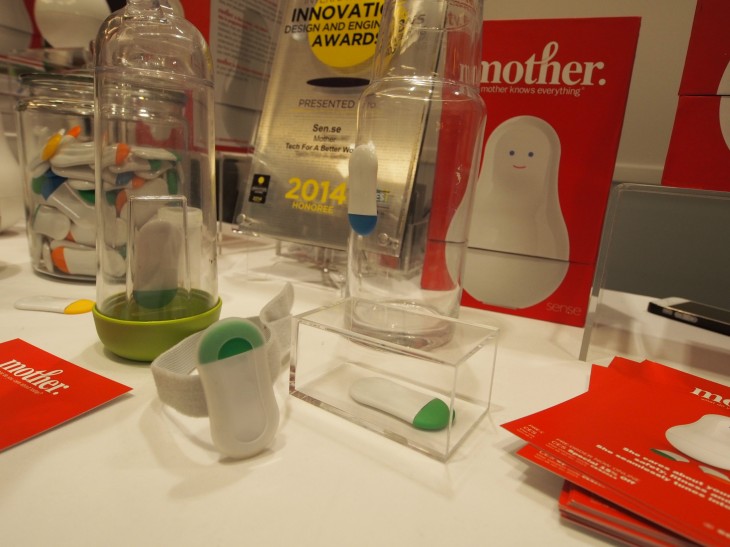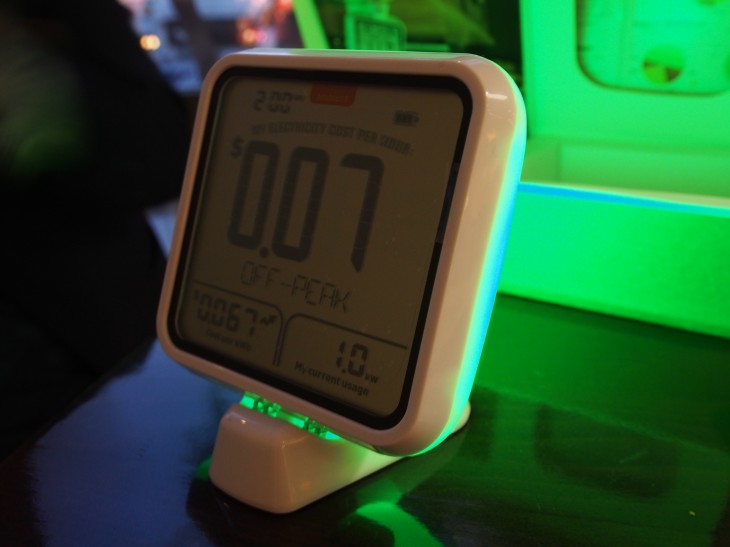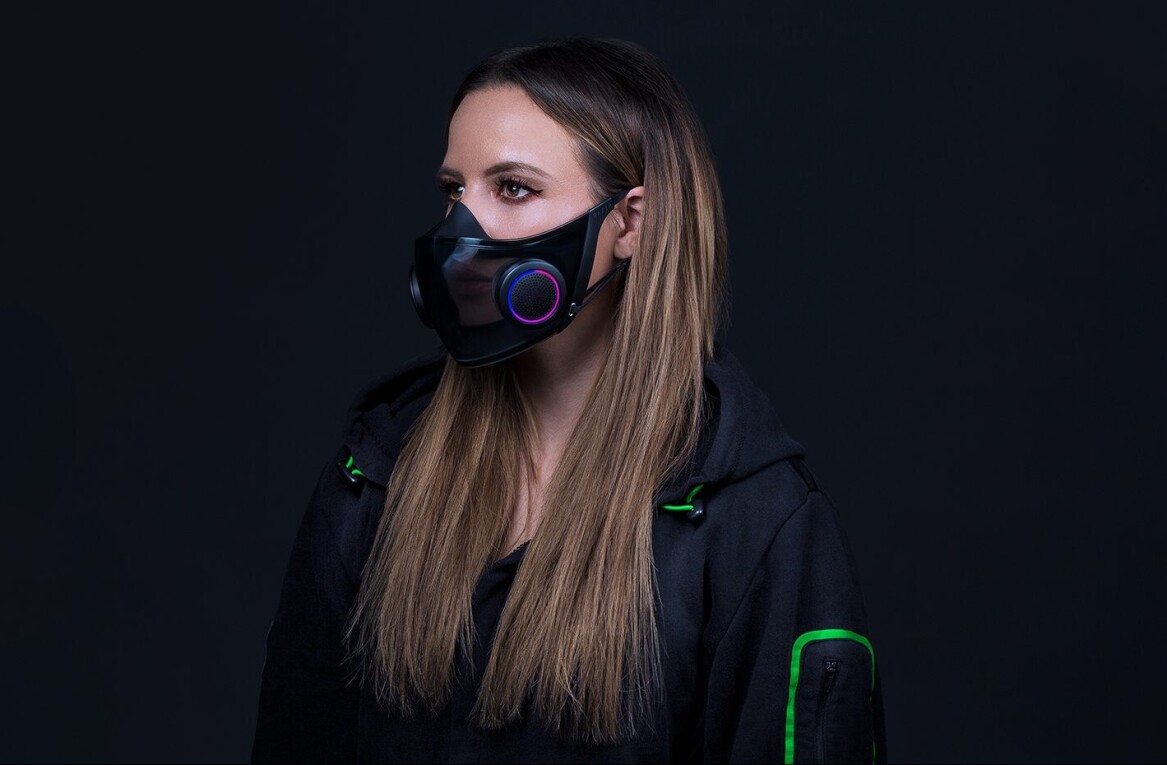Check out our 2014CES tag to keep up with all of our coverage this week.

It’s all about home invasion at CES 2014 as companies are continuing to develop products geared toward securing the growing connected home audience. But with so many similar products on the market, how do you know which gadget is right for you?
We met up with several smart home systems designed to help enrich your ever-connected lifestyle and to determine which product is best suited for you.
If you rent your apartment: Canary
Now that we’ve finally seen the Canary in person, the product is as darling as its overwhelming Indiegogo success would indicate. The device is about the size of a 1-liter water bottle, and you can place it anywhere that overlooks the majority of the room you’re monitoring.
The neatest thing about the Canary is the user-friendly app interface. It’s extremely simple to program the device to send alerts when something’s amiss, such as excessive noise, motion, or rapid temperature changes.
If Canary recognizes anything strange, it will send a notification to your smart phone and give you options to call your backup contact, the police, or ignore. This streamlines the process with the hopes that you won’t panic too much if an emergency occurs in your home while you’re gone.
Canary can also record videos of various events and store them in the cloud for future reference. The company will also offer various tiers of subscriptions for extra cloud storage.
Price: $199 pre-order, with an estimated delivery date of July 2014
If you are a control freak: Piper
Of all the smart home security systems we checked out at CES, the Piper is one that gives you the most control over what goes on in your house. Just like Canary, you’ll get a camera and motion surveillance, while the Piper’s fisheye lens let you drag to change perspective and pinch to zoom to get a good view of nearly every corner of the room.
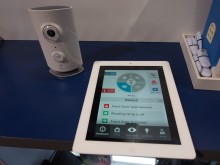 Those who like to fiddle with extra controls will also be happy to know that Piper can be integrated with Z-Wave sensors to add extra security around noise, motion, and power. Even if the Piper camera does not oversee a door or light, as long as you add a Z-Wave sensor, you can turn any object into an Internet-connected device.
Those who like to fiddle with extra controls will also be happy to know that Piper can be integrated with Z-Wave sensors to add extra security around noise, motion, and power. Even if the Piper camera does not oversee a door or light, as long as you add a Z-Wave sensor, you can turn any object into an Internet-connected device.
You can also set Piper into various modes, such as “Work,” “Vacation,” or “Home” so it knows what to look out for depending on where you will be. You might not need to know if the light comes on or off while you’re home or at work and the kids will return from school, but it might be a good alert to have if everyone will be out on vacation for a week.
Price: $239, available now in North America
If you already own several Internet of Things products: Staples Connect
Maybe you already have a ton of Internet-connected gadgets in your home and don’t want to be bothered to switch between apps to monitor each device. That’s where the Staples Connect hub comes in. The device consolidates all your Internet of Things products into one machine so you can check on everything from one app – from making sure the lights are on by sundown to adjusting the temperature to conserve as much energy as possible.
Staples is continuing to develop partnerships with existing smart gadgets. Current roster includes Kwikset, Netgear, Withings, Honeywell, Philips, GE, and Doorbot.
Price: $139 for a starter kit, available now
Related: Revolv review: An affordable smart home hub with one app to rule them all
If you like being told what to do: Mother
For those who aren’t bothered by the idea of paying something to become your live-in “Mother,” Sen.se’s lifestyle management device might be just the system to get you living properly in your home.
 While it doesn’t actually turn your home “smart,” it turns everyday objects into Quantified Self products. For example, if you want to make sure you drink at least 8 ounces of water and take your pills daily, you can stick a Motion Cookie onto the item and Mother will monitor how often you are drinking and taking your pills.
While it doesn’t actually turn your home “smart,” it turns everyday objects into Quantified Self products. For example, if you want to make sure you drink at least 8 ounces of water and take your pills daily, you can stick a Motion Cookie onto the item and Mother will monitor how often you are drinking and taking your pills.
All this data also gets turned into a visually-stunning launchpad where you can check your behavior over time. Since the cookies have different color tabs, you can also assign them to different members of your family. The Cookies can also be re-programmed to monitor different activities, in case you want it to detect unanticipated door motion when you’re away from home versus reminders to take your daily medicine.
Price: $222 for starter kit with four Cookies, extra $99 for additional set of four Cookies, shipping spring 2014
If you’re sick and tired of “Quantified Self” data: Ambient Devices’ Joule
While it may be cool for some to see overwhelming details about their daily habits, Ambient Devices’ Joule smart meter monitor simplifies the data into something you can easily interpret: colors.
Rather than a smartphone push notification, the Joule connects with smart meters and glows in green, yellow, or red to denote the level of energy consumption in your house. The portable device also has a screen that tells you the exact cost of energy usage in real time, but you can also turn it face down to see just the colors.
 “The portability allows users to walk around their house, play around with different appliances and investigate how each affect their home’s energy usage,” Ambient Devices’ CEO Pritesh Gandhi said.
“The portability allows users to walk around their house, play around with different appliances and investigate how each affect their home’s energy usage,” Ambient Devices’ CEO Pritesh Gandhi said.
Since its pilot tests in August 2013, Gandhi said companies have seen a 20 percent voluntary decrease in energy consumption during peak events (when the Joule would glow red).
The hope is that the colors will help incentivize people to use energy more efficiently, thus helping utility providers monitor power consumption.
Price: Unfortunately, this is not a product you can buy; Ambient Devices is currently working with North American utility companies to offer the Joule as part of the package that comes with the meter service. At the moment, the Joule is primarily available in California, a few mid-Atlantic states, and Ontario, Canada.
Get the TNW newsletter
Get the most important tech news in your inbox each week.
